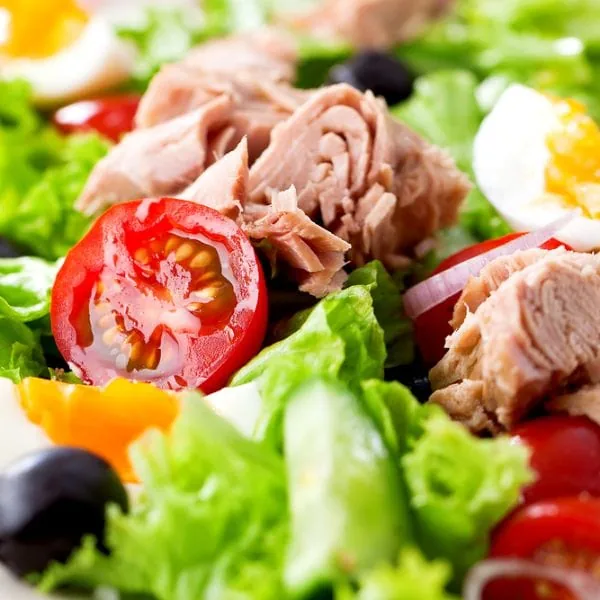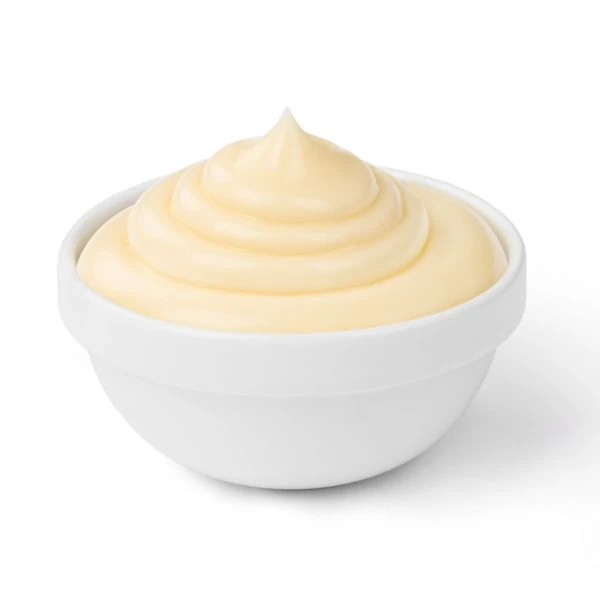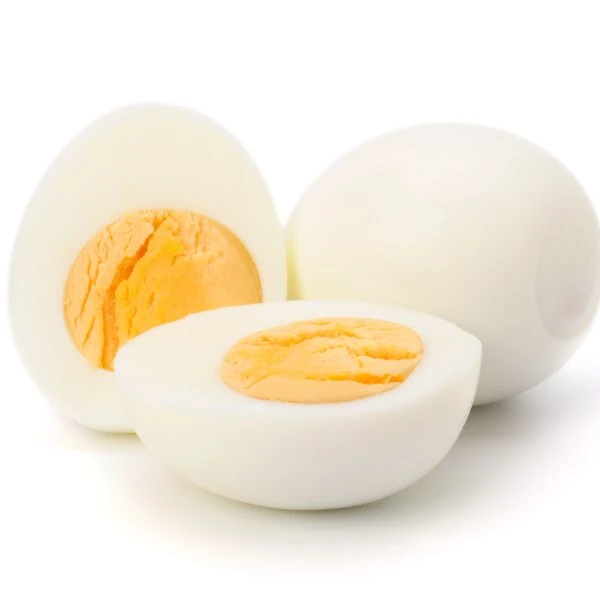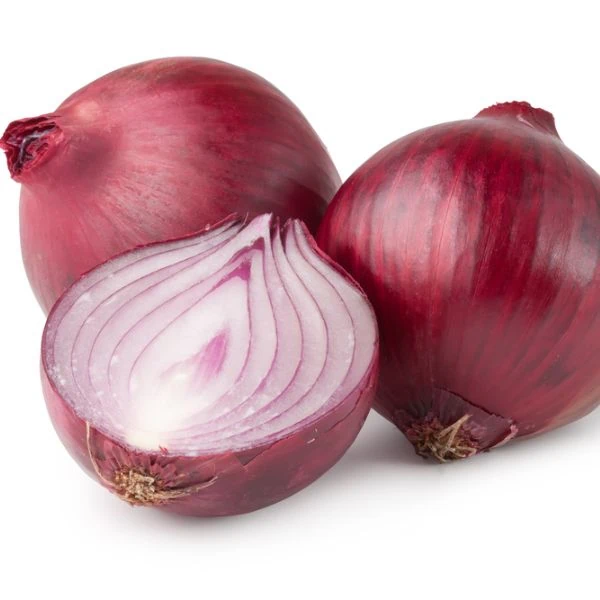Tuna salad has long been a lunchtime favorite for many. With mayo, eggs, and lots of your favorite veggies, you’re getting lean meat and lots of vitamins on the go… but how long is a healthy tuna salad good for?
The quick answer is that tuna salad or tuna pasta salad is good for about 2 hours at room temperature, 3-5 days in the refrigerator in an airtight container, and up to 2 to 3 months in your freezer – but freezing will probably change the texture and flavors, so it’s not really recommended.
It really boils down to the individual ingredients, so let’s take a closer look at what makes up a good tuna salad and why these ingredients make freezing such a bad idea. We’ll also cover how to tell if your tuna has gone bad and some of the best ways to make it last longer.
If you’re ready, let’s talk about tuna salad and what you need to know to keep it fresh as long as possible!
The Timer is Ticking – Why Tuna Salad Goes Bad So Quickly

To really understand what you’re dealing with when you’re trying to preserve tuna salad, it’s best to break it up into its individual components. So, let’s say we’re whipping up a nice tuna salad without getting too fancy and we’ve picked these ingredients:
- 1 can of tuna
- 2 heaping tablespoons of mayonnaise
- 2 boiled eggs (chopped)
- 1 chopped stick of celery
- Half of a small, sweet red onion
If we were going to freeze this, then the diversity of ingredients can be a problem because there’s such a wide contrast in water content already, but let’s look at each ingredient from the perspective of how well they freeze and how quickly they go bad at room temperature or in your refrigerator.
Tuna

Fish tends to go bad quickly at room temperature if not eaten, and with canned tuna, you’ve usually got about 2 hours before bacteria will be in a position to multiply rapidly and possibly make you ill if you eat that tuna.
In the refrigerator, your tuna fish will keep for 3 to 5 days in a sealed container, and in the freezer, you can store it for 2 to 3 months. Tuna freezes pretty well, but it’s not the problem with our tuna salad, but rather the other ingredients as you’re about to see.
Mayonnaise

Mayonnaise is an emulsion (oil in vinegar emulsion, specifically) – which is a combination of two or more liquids that would not otherwise normally combine together.
With mayo, it’s emulsified eggs, vinegar, lemon juice, and oil. Like tuna, mayo is good for approximately 2 hours at room temperature, but in a jar inside of your refrigerator, it will typically last about 2 months.
You can freeze it, but that cold is going to work a little chaos on the ingredients. That’s because they all freeze at different rates and thawing is also going to be a bit uneven. If it’s a quality mayonnaise, it should still taste ‘okay’ after freezing for up to 3 months, but the texture will definitely be lacking.
Mayonnaise will expand a little first before it freezes and when it’s thawing out, it also affects the integrity of the emulsion, so once you’ve frozen it the consistency won’t be that yummy creaminess that you are expecting. It will probably look a little watery and while it may taste ‘okay’ it will have definitely lost a lot of quality.
Boiled eggs

Boiled eggs – specifically chopped ones that don’t still have a shell keeping them protected – will last about 2 hours at room temperature and approximately 7 days in the fridge in a sealed container. They’re also pretty hardy in your freezer – you can freeze them for up to 2 years, although 3 to 6 months is better or they might taste a little bland.
Celery

Celery lasts longer at room temperature than your eggs or tuna – quite a bit, actually, as it won’t wilt for 2 to 3 days. You can still eat it during this time, but the crunchiness will reduce as time passes and it won’t be as tasty.
In the fridge, you can keep celery crunchy and yummy for up to 2 weeks, and you can certainly freeze it – but we don’t really recommend it. That’s because celery is largely water and when it crystallizes from the cold, you’ll end up with a celery that tastes like celery, but without the telltale crunch we all know and love. If you don’t mind that, it’ll keep for 2 months unless you blanch it first – in which case it’s good for 12 to 18 months in the freezer.
Red onions

When they’re whole, red onions are pretty durable and might last for 2 to even 4 weeks at room temperature. Once they’re cut, however, that’s a different story. Cutting into onions introduces bacteria to them and it also ruptures the onions cells, which will leak and lead to spoilage within 2 to 3 hours.
The good news is that they’ll last 7 to 10 days in an airtight Ziploc or comparable plastic bag and if you freeze them, their flavor will actually sharpen. They won’t be as crisp, but arguably this is the one addition to a tuna salad that might come out better from a little time in the freezer.
Putting it all together
Now that we’ve looked at each individual component, you can see that we’ve got variance in the shelf life, but also in the quality of each food after freezing. This leaves us with that 3 -5 day refrigeration option being the best that we’ve got.
You CAN freeze tuna salad but it simply won’t taste as good. It can do weird things to your mayonnaise, as the cold will affect the integrity of the emulsion, so that won’t be as creamy. The crunch of the celery and onions won’t be as pronounced, either, although the onion flavors will be sharper so it’s not all bad news (unless those acidic onions react for too long with the mayonnaise – whoops!).
The eggs will hold up and taste pretty much the same, although their texture will often harden up a little after a thaw. All in all, unless you go with the refrigerator storage method, your tuna salad experience will definitely suffer.
….and don’t get us started on the soggy bread factor, if you’re eating it as a tuna sandwich!
How can you tell if your tuna has gone bad?

With tuna, determining if it’s gone bad is a matter of sniffing it and giving it a quick look over. When fish or mayo go bad, it’s going to be fairly obvious as the smells are rather rancid. Bad fish is something we’re pretty much programmed to instinctually notice, but with the mayo it’s going to be more of an acidic or ‘slightly off’ smell and you’ll also notice a little change in the consistency sometimes – it will be a little more fluid, rather than creamy.
Looking over the salad, you want to check for signs of discoloration – the mayo should be white, the tuna it’s standard pink, and if you see any spots of fuzz or discoloration that definitely wasn’t there before, then do NOT eat it.
If you see a little mold, we should also mention that you shouldn’t just pull off that corner and eat it. The rest of the sandwich MIGHT be okay, but that mold could also just mean that things have gotten bad enough that you’re seeing physical signs of biological assault – it’s better not to risk food poisoning, even if you’re a little peckish.
What can you do to make your tuna salad last longer?
There really aren’t a lot of ways to extend your tuna salad’s shelf life.
The BEST trick, really, is to bag your components separately and simply pop a can of fresh tuna and a packet of sealed mayo (and you can buy individual sandwich-sized servings for lunch that store at room temperature). Bring a small bowl and a spoon and you can whip it up fresh in seconds, just by dumping your ingredients in and giving them a good stir.
If you have an insulated lunchbox, you can even chill the components so that it’s nice and cold when you make it up and it really doesn’t take much time at all.
If you absolutely HAVE to freeze it, consider keeping some of the more vulnerable components separate to add right before consuming. For instance, you might separate the celery and go with the mayo packet and freeze the rest – you’ll still have creamy mayo and crunchy celery to go with the rest of your flavorful favorites and it’ll cost almost a negligible amount of time.
You can also freeze it after mixing it with half the mayo and simply mix in a little more creamy mayo when it’s thawed for lunch. It still won’t taste AS good as a fresh mixed tuna salad, but the additional, creamy mayonnaise will go a long way toward making your meal more satisfying.
FAQs
It’s time for us to start wrapping things up but on our way out we have a few frequently asked questions for you to help round off our lessons today in Tuna Salad 101. We hope that you find these useful and with that said, here are those questions!
Can you vacuum-seal tuna salad?
You technically COULD vacuum seal tuna salad, but that’s not going to make much of a difference if you are going to freeze it. As many of the components have water in them and since the mayonnaise is an emulsion that will separate in the cold, you’ll still end up with a watery tuna salad that’s not so pleasant to eat.
Arguably, this might greatly extend the life of your refrigerator, but with how easy it is to whip up a tuna salad, vacuum sealing it is not really the most cost-effective option out there. As it stays good when refrigerated for 3 – 5 days, it’s easier just to make it fresh as needed.
Can you slowly thaw frozen tuna salad to make it taste better?
Some folks swear that a ‘slow thaw’ will make for a much better tuna salad, although we can’t really recommend this method. While it might improve the flavor slightly, there’s still a chance that it’s not going to be enough to really appreciate.
Once the integrity of the mayonnaise as an emulsion has been damaged, anything made with it is going to be watery and noticeably more bland, and any improvement from a slower that is likely to be a very minor one–half of the damage was done when it was frozen, and thawing is arguably just the second half of the process.
What’s the best way to freeze tuna salad?
If you absolutely have to freeze tuna salad, the best thing to do is to pack it tightly into plastic containers but leave a little space at the top. That’s because the mayonnaise is going to expand a little as the emulsion separates and by giving it room then it will thaw out a little more ‘cleanly’ when you’re ready to eat it later.
Once it’s packed, mark the date in black marker on the top to make sure that you don’t forget it, and then it’s ready to go into the freezer until you are ready to eat it within the next 2 to 3 months.
Some closing words
In today’s article we’ve addressed the question ‘how long is tuna salad good for?’ and the answer is ‘2 hours at room temperature, 3 to 5 days in your refrigerator, and 2 to 3 months in the freezer’. Remember that while the freezer method works, you won’t always like the taste of what comes out, as the mayonnaise is going to lose its creaminess and your veggies won’t be as crunchy.
As an alternative, mixing up a tuna salad on the fly is easy to do and will taste amazing – so consider just bringing the components in a nice, insulated lunchbox to work. It only takes a minute of two to mix and the flavor difference really makes it worth it!
Thanks so much for reading today and if you have some good tuna salad tips of your own, then please feel free to share them in the comments. We get some pretty amazing tips here from readers like you and you can just about guarantee that folks are taking notes and will put them to good use!
Until next time, we wish you and yours the very best!





David learned to cook at an early age after his mother told him that he couldn't live on pizza forever, Dave uses his modest kitchen skills to recreate sorely-missed recipes from home and to occasionally make new favorite ones from places he is visiting.